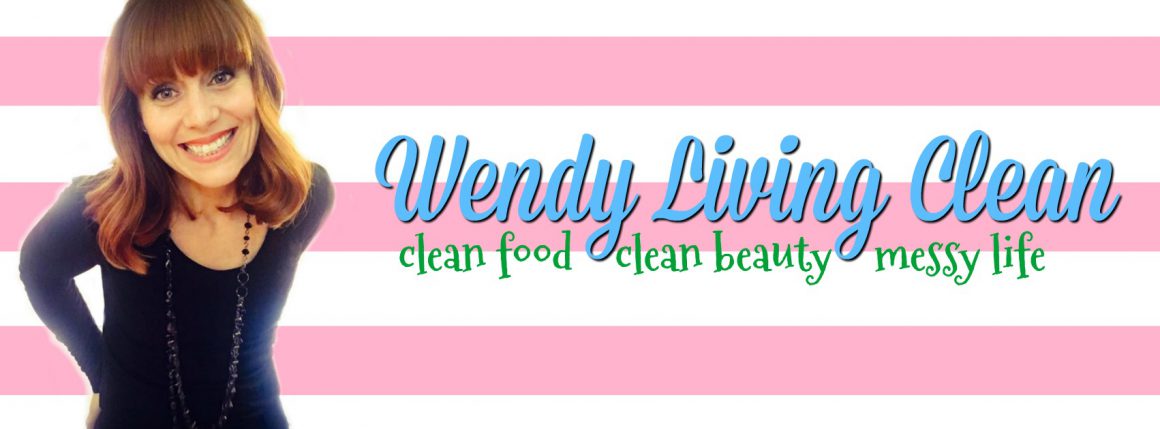
May is Skin Cancer Awareness Month so I wanted to take a few minutes of your time to give you the 411 on sun care.
Exposure to UV radiation is the main factor that causes skin cells to become cancer cells.
Almost all skin cancers (approximately 99% of non-melanoma skin cancers and 95% of melanoma) are caused by too much UV radiation from the sun or other sources such as solariums, sun beds, and sun lamps.
This information can be scary, but there are ways to enjoy the sun in a safe way.
Working in the cosmetics industry and in sunny Arizona has my talking a lot about sun screens lately. These conversations made me realize that not everyone really gets all the sun care lingo, so…here we go!
First things first, what does SPF mean anyway??
According to Britannica SPF on sunscreen stands for sun protection factor, a relative measurement for the amount of time the sunscreen will protect you from ultraviolet (UV) rays.
As an example- if it takes you 10 minutes to get pink in the sun with out any SPF and you apply and SPF 30, you will get 300 minutes or 5 hours of sun protection.
BUT, and this is a big but, if you are in the sun for longer than 2 hours or are getting wet or sweating you need to reapply way before that 5 hour mark!
So, higher doesn’t mean you can wait to reapply longer.
Broad Spectrum
The first thing you want to make sure you see on your sun screen package are the words Broad Spectrum. Broad spectrum SPF refers to sunscreens that protect the skin from both UVA and UVB rays. Even with a high SPF, if a sunscreen isn’t broad spectrum, you won’t be protected from all UVA rays.
An easy way to remember these different types of rays:
UVA- you vill age
These rays cause wrinkles and potentially skin cancer (although less than UVB) after repeated exposure. UVA rays make up more than 90% of all UV radiation, and penetrate clouds and glass, year-round.
UVB- you vill burn
These rays cause sunburn, aging, and potentially skin cancer.
The 2 types of sunscreens
Physical Sunscreens consist mostly of Zinc Oxide and Titanium Oxide.
These sunscreens work by sitting on top of the skin to deflect and scatter damaging UV rays away from the skin. Think like a shield on your skin. These are also sometimes referred to as mineral sunscreens. Physical sunscreens work immediately after applying which is a plus, but can be thick and harder to rub in.
Chemical Sunscreens consist of ingredients like oxybenzone, octinoxate, octisalate, and avobenzone.
These sunscreens absorb UV rays and break them down before they reach the skin, but need 20 or 30 minutes to bind to skin to be effective.
Which is better?
This is where it can get a little confusing.
Some experts will tell you to avoid chemical sunscreens. One reason is that Oxybenzone and oxtinoxate have been banned in Hawaii for posing a risk of degrading coral reef when worn while swimming in the ocean. Some studies indicate that some chemical UV filters may mimic hormones, and physicians report sunscreen-related skin allergies, which raises important questions about unintended human health consequences from frequent sunscreen application.
Other experts believe the best protection is a mix of both physical and chemical. Physical works immediately but can be harder to spread so adding a chemical sunscreen will make sure you aren’t missing any part of your exposes skin.
The EWG rates the 9 most common sunscreens as follows using their hazard score (10 being most hazard):
Oxybenzone – 8
Octinoxate (Octylmethoxycinnamate)- 6
Homosalate, Octisalate- 4
Octisalate- 3
Zinc Oxide, Titanium Oxide, Avobenzone and Mexoryl SX- 2
What about sprays?
The jury is still out but a few concerns with sprays are that they do not get applied with the same effectiveness as a cream or lotion and the possibility of inhaling it and the unknown side affects that could cause.
When using a spray, spray close the the body, until it your skin glistens, rub it in and if using on the face spray into your hands and rub it in that way. A 6-ounce bottle of spray sunscreen should only yield about six applications- so make sure you are applying liberally!
The most important things to remember:
Broad Spectrum is a must
Get an SPF value of 15 or higher and take other precautions like limiting your time in the sun, especially between 10 a.m. and 2 p.m. when the rays are strongest.
You need to apply 1 ounce of sunscreen (about 1 shot glass worth) for your body and about 1 teaspoon worth for your face and throat (this seems too little to me- I apply more on my face).
All experts seem to agree that the best protection involves applying before going out in the sun and re-applying every 2 hours or when you get wet or sweat a lot.
I hope this helps as you start to shop for your sunscreen this spring and summer!
Happy Sunning!

